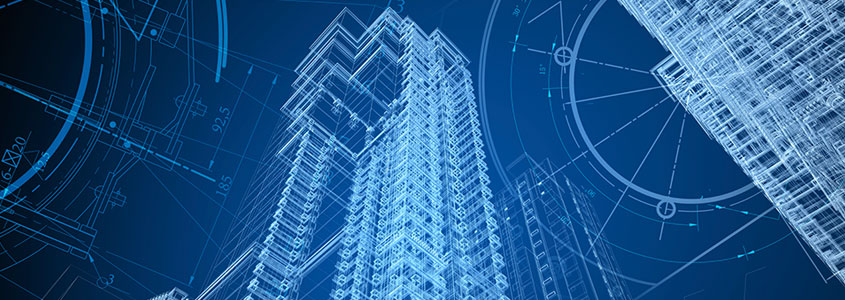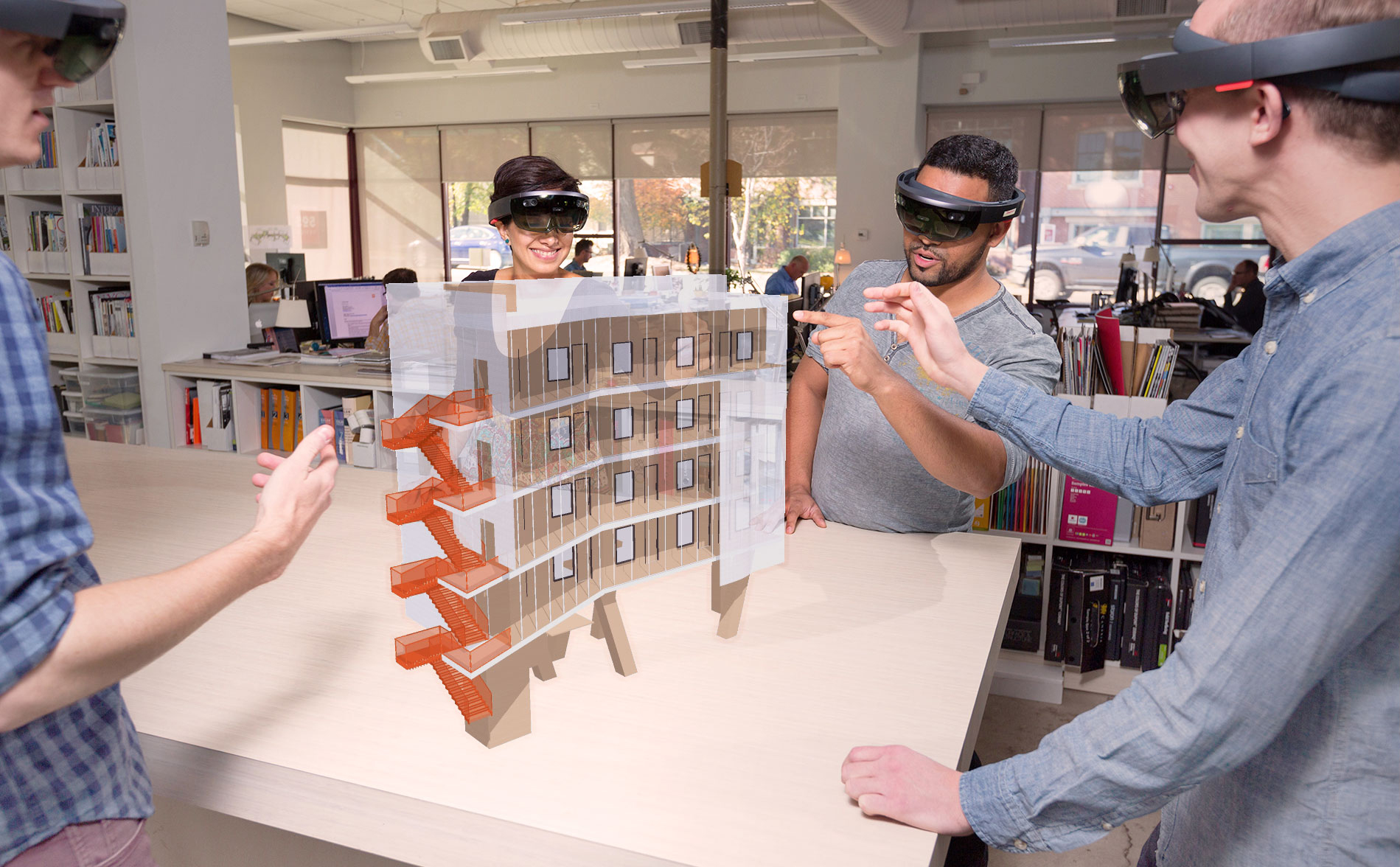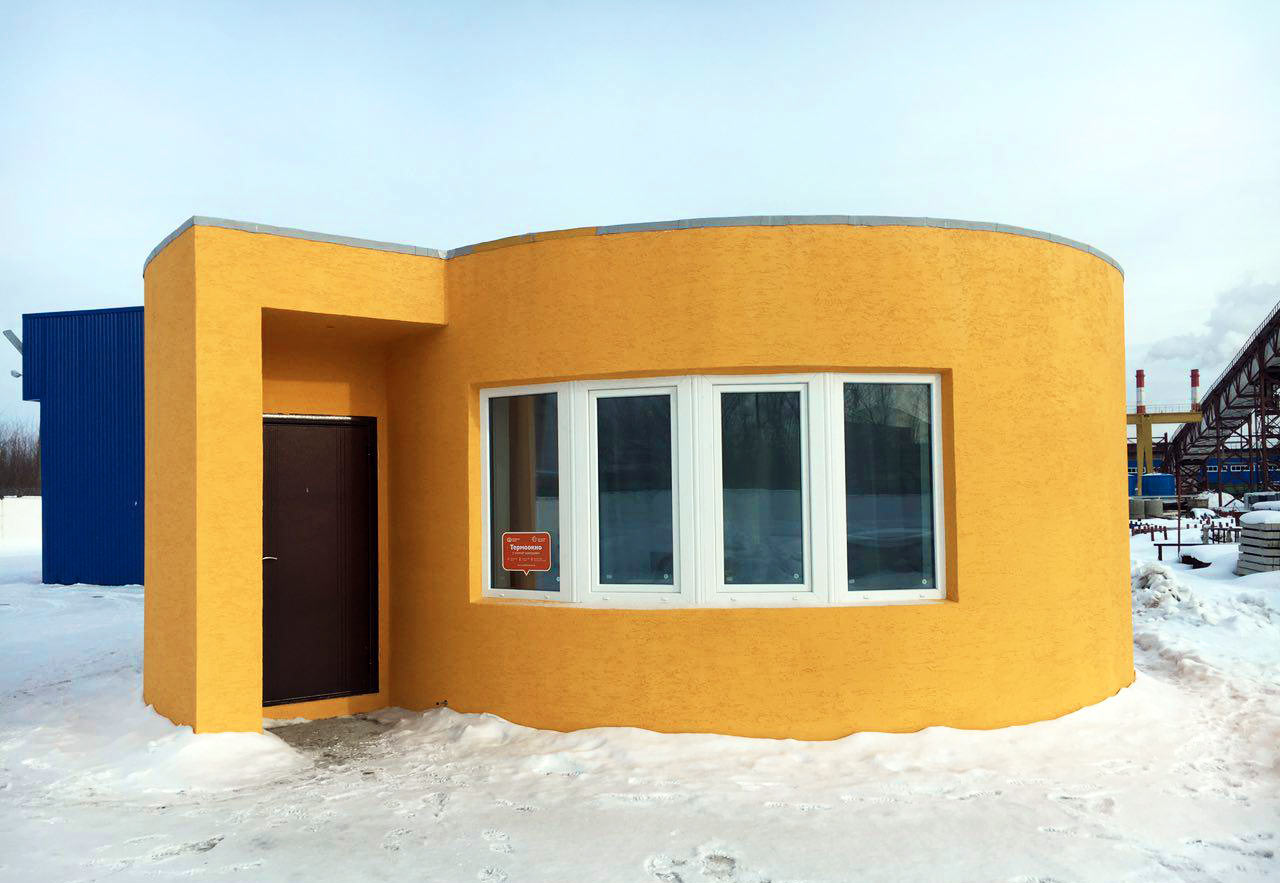In this article, originally published on raconteur, freelance journalist Nick Easen looks at the potential of a technological revolution in the construction industry, citing that we may already be on the cusp of it despite some reticence.
He looks at the challenges facing adopting new technology and processes as well as some of the new technology and the roles they could play in reshaping the future of the industry. Here are some excerpts from the article,
WORDS BY NICK EASEN
Innate conservatism are words that are used to describe the construction industry. While the retail and automotive sectors are the proverbial hares when it comes to implementing technology, those who plan our built environment are the tortoises. However, there’s now a groundswell of professionals who realise technology can disrupt this sector, boosting flat-lined productivity and changing the way the industry works for ever.
ADOPTION CHALLENGES
“It’s the change in mindset that’s always proven to be the biggest challenge. There are still many practitioners who want to protect the established ways of doing things, but the evidence from other industries where technology has taken hold is that soon it will be too big a draw to ignore.”
-Tim Chapman, director at Arup.
It doesn’t help that the industry is highly segregated between disciplines making the adoption of unified workflows difficult. Many projects are also bespoke rather than iterations of previous designs. This means the technological applications are more complicated. There’s also been a lack of investment in tools and training.
It also doesn’t help that clients don’t want to be guinea pigs, testing out new technology, especially if the project has a multi-million-pound price tag, yet there are companies shaking things up.
THE SHAKE-UP
Real-time collaboration, building information modelling in the cloud, 3D printing, augmented reality, survey drones, big data and the internet of things, as well as wearable technologies, gaming and digital workflows are now being deployed.
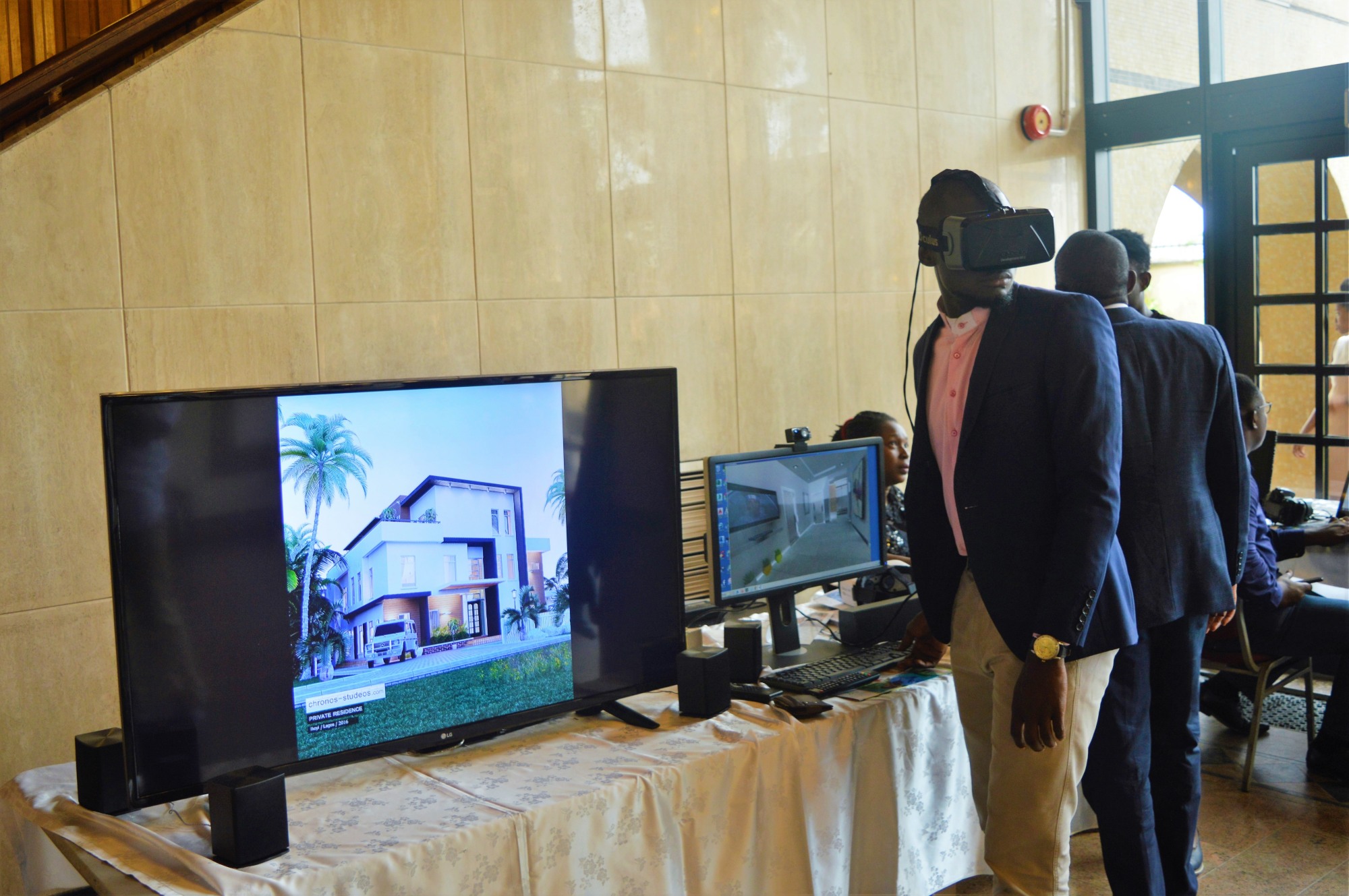
VR TECH IS GAINING GLOBAL TRACTION AND COULD BE THE FUTURE OF DESIGN
The main benefit is time compression. New tech allows engineers, architects and surveyors to make better decisions quickly, optimising design, automating engineering or reducing the risk involved in off-site and on-site construction. Project life cycles can be shortened, boosting productivity.
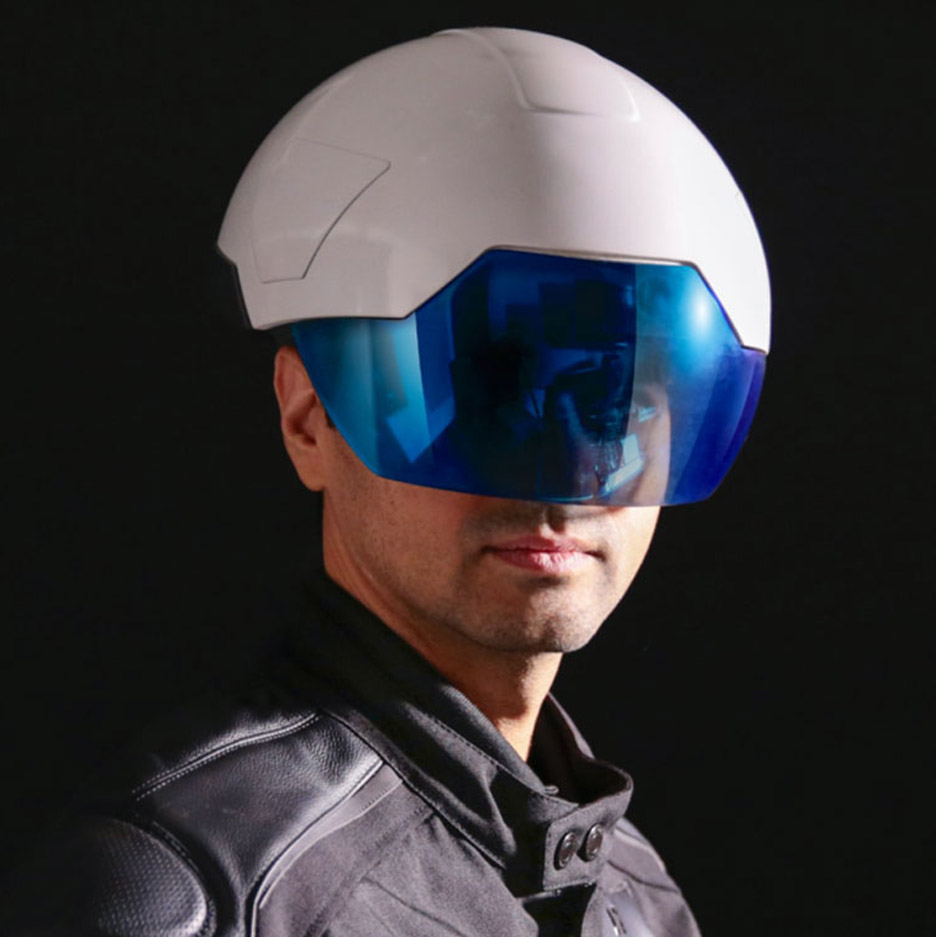
THE DAQRI SMART HELMET IS BRINGING AUGMENTED REALITY TO CONSTRUCTION SITES
Drones are now used to perform surveys, scans and inspections, saving on the cost of employing a well-trained engineer on-site. It also reduces the need for safety equipment and risk assessments since drones can work in dangerous areas.
 TRIMBLE’S SKETCHUP VIEWER APP IS EVOLVING THE DESIGN PROCESS
TRIMBLE’S SKETCHUP VIEWER APP IS EVOLVING THE DESIGN PROCESS
Some believe it’s time the industry developed a “technology roadmap” where there’s a mutual understanding of the key challenges which need to be overcome and the supporting technologies that will enable this to happen. The Infrastructure Industry Innovation Platform (i3P) is one answer to this.
 APIS COR’S 3D PRINTED HOUSE WHICH TOOK 24 HOURS TO ERECT
APIS COR’S 3D PRINTED HOUSE WHICH TOOK 24 HOURS TO ERECT
This aims to utilise smart design and manufacturing, new materials, smart infrastructure underpinned by artificial intelligence, virtual and augmented reality, autonomous vehicles and drones, as well as protecting people through wearable technology.
Read the full article on raconteur.



